John Wall—a 5-time All-Star and former No. 1 pick—announces his retirement after 11 NBA seasons with the Wizards, Rockets, and Clippers. Here’s a full career recap, John Wall stats, awards, injuries, best moments, why he’s stepping away now, and what’s next (hint: TV). Sources include NBA.com, ESPN, Reuters, Washington Post and more.
Breaking: John Wall calls time on a brilliant, bruising career
John Wall is retiring from the NBA. The former No. 1 pick in 2010, 5-time All-Star, and the heartbeat of the Washington Wizards for most of the 2010s made it official in a social post on Aug. 19, 2025. NBA.com and ESPN both confirmed the announcement, noting Wall steps away at age 34 after 11 NBA seasons.
Reuters framed the moment succinctly: Wall, a franchise icon in D.C., officially ends a career reshaped by injuries and punctuated by elite playmaking.
Shortly after the news, reporting indicated Wall will pivot to broadcasting, joining Prime Video’s NBA coverage—a natural next chapter for one of the league’s most charismatic voices.
Career snapshot: From Kentucky phenom to face of the Wizards
- Drafted: No. 1 overall (2010) after one spectacular season at Kentucky.
- Teams: Washington Wizards (2010–2020), Houston Rockets (2020–21), LA Clippers (2022–23).
- Seasons played: 11 (injuries sidelined him for large portions of multiple years).
- Accolades: 5× All-Star, All-NBA Third Team (2016–17), All-Defensive Second Team (2014–15).
Career averages: ESPN lists 18.7 PPG, 8.9 APG; NBA.com echoes the 11-season mark and five All-Star selections. (Some outlets cite slightly different career averages depending on cutoff and qualifiers, but ESPN’s 18.7/8.9 is the widely referenced line.)
Peak season: 2016–17 — 23.1 PPG, 10.7 APG, All-NBA, and some of the most electric end-to-end guard play of the decade.
John Wall stats & style: Speed, vision, and paint pressure
At his apex, Wall blended blistering north-south speed with elite passing vision, collapsing defenses and spraying kick-outs or drop-offs. The box score captured the impact (points + assists), but the lived experience was velocity: transition bursts, chasedown blocks, and a signature left-to-right hesitation into two-foot finishes. ESPN’s career ledger underscores both production and longevity at the top when healthy.
Signature traits (prime years):
- Rim pressure: Among the league’s best at generating paint touches and free throws.
- Table-setting: Yearly top-10 assist potential, with comfort in both pick-and-roll and early drag screens.
- End-game shot creation: Mid-range pull-ups and two-for-one mastery late in quarters.
- Defense: All-Defense caliber at peak; length and anticipation produced steals and chasedowns (recognized with All-Defensive Second Team in 2015).
The D.C. years: A franchise identity
Wall became the face of the Wizards, lifting them from rebuild into perennial playoff contention and delivering unforgettable postseason moments (think: 2017 run). The Washington Post contextualizes how his tenure defined an era for the franchise—and why fans speak of him as a “forever Wizard.”
He leaves an imprint in team record books (assists, steals, and counting benchmarks), and a community legacy through philanthropy in the D.C. area—reasons many in Washington immediately called for his No. 2 jersey to be retired.
Injuries: The career’s sharpest turn
From 2017–18 onward, Wall’s availability cratered with knee issues and a devastating Achilles injury, reducing him to 147 appearances since 2017–18 by one account; the momentum of an All-NBA star became sporadic comebacks and long rehabs. Reuters and ESPN each outline the stops and starts that ultimately shaped the decision to retire.
A late-career reset took Wall to Houston, then Los Angeles; he showed flashes (especially early in stints), but sustained health and rhythm proved elusive.
Why retire now?
Wall’s own words—“stepping off the court, but not away from the game”—signal timing driven by opportunity, health, and a desire for a fresh chapter. Multiple outlets reported the plan to transition into TV work on Prime Video, where his candid personality and high-IQ reads should translate.
Reactions around the league
- ESPN compiled tributes from peers, including former teammate Bradley Beal and fellow Kentucky stars, framing Wall as a “Wildcat GOAT.”
- Yahoo Sports and Bleacher Report highlighted fan nostalgia and Wall’s message: “I gave this game everything I had.”
Breaking: Five-time NBA All-Star John Wall announced his retirement from basketball on social media. pic.twitter.com/0D19DCvTtN
— ESPN (@espn) August 19, 2025
Legacy: What John Wall meant to the point-guard lineage
The 2010s point-guard boom featured archetypes—shoot-first, heliocentric, jumbo—yet Wall’s archetype was force-first: he weaponized pace to bend defenses and created for others with live-dribble passing that few could match. His 2016–17 tape still reads modern: five-out spacing, drag screens in semi-transition, corner kick-outs timed to the lift. He was an engine.
Where he ranks historically depends on which lenses you favor—peak vs longevity, offense vs two-way value—but on “best primes of the 2010s,” Wall is comfortably on the list.
By the numbers (career overview)
- Seasons: 11 (2010–2023 game action).
- Career averages: 18.7 PPG, 8.9 APG (ESPN).
- Best season: 23.1 PPG, 10.7 APG (2016–17), All-NBA Third Team.
- Honors: 5× All-Star, All-Defensive Second Team (2015).
Note: Some wire services list slightly different cumulative averages; team and league sites (ESPN/NBA.com) are the most consistent public references.

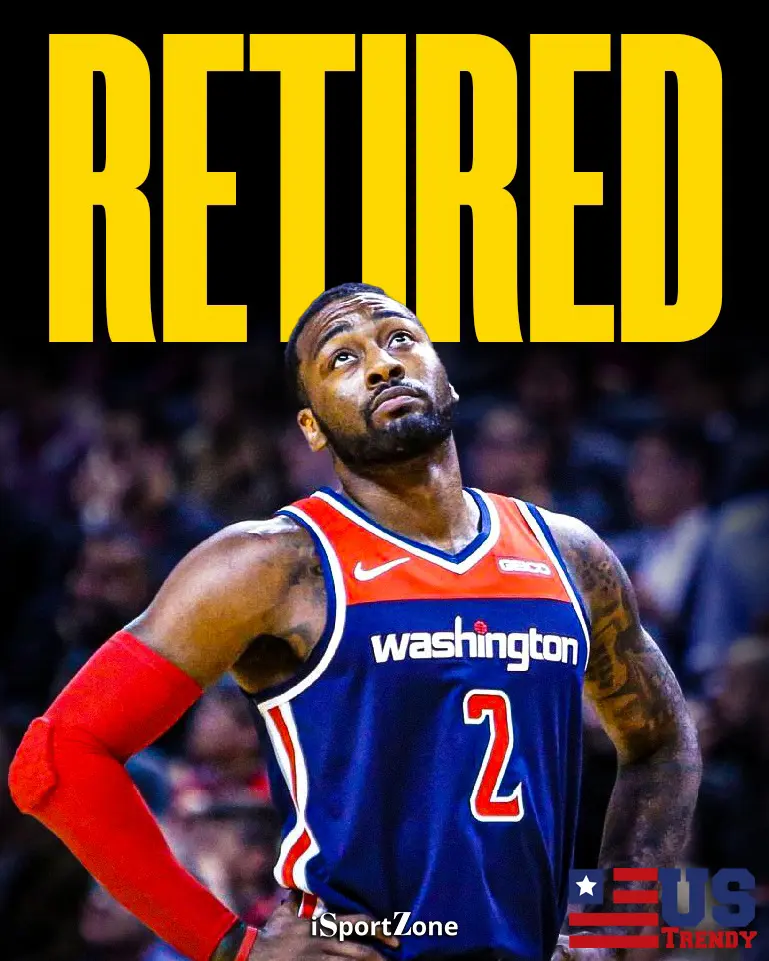
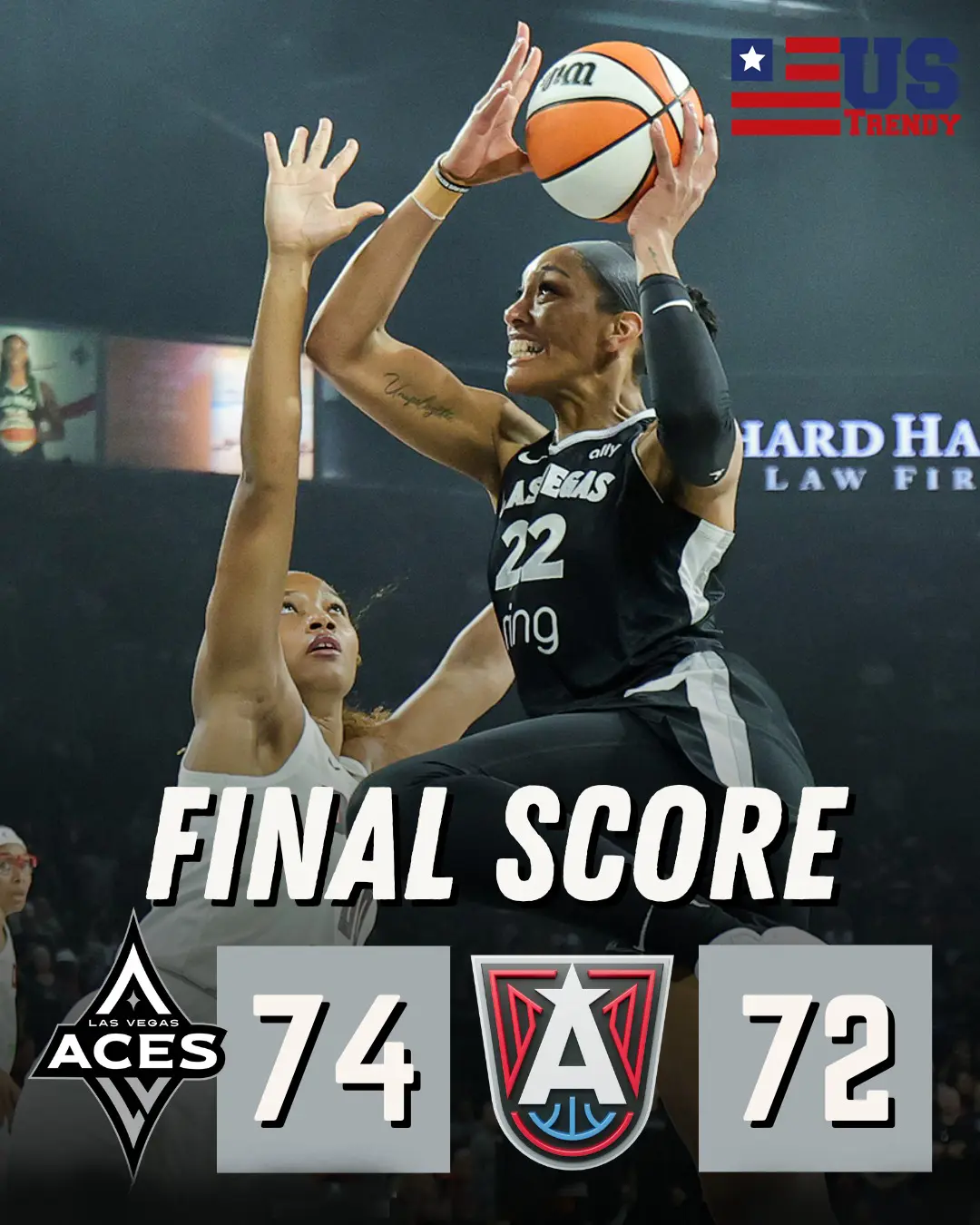
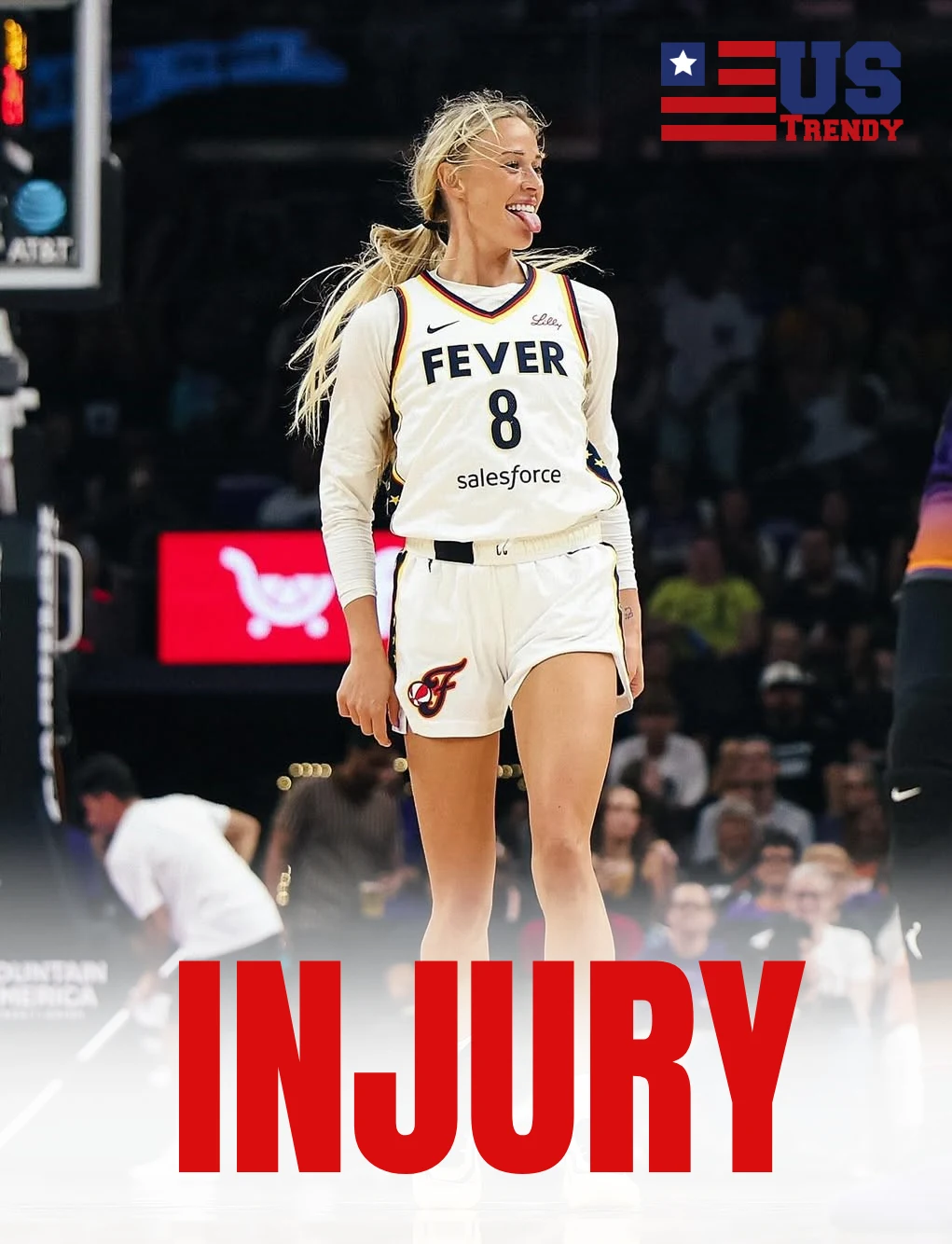
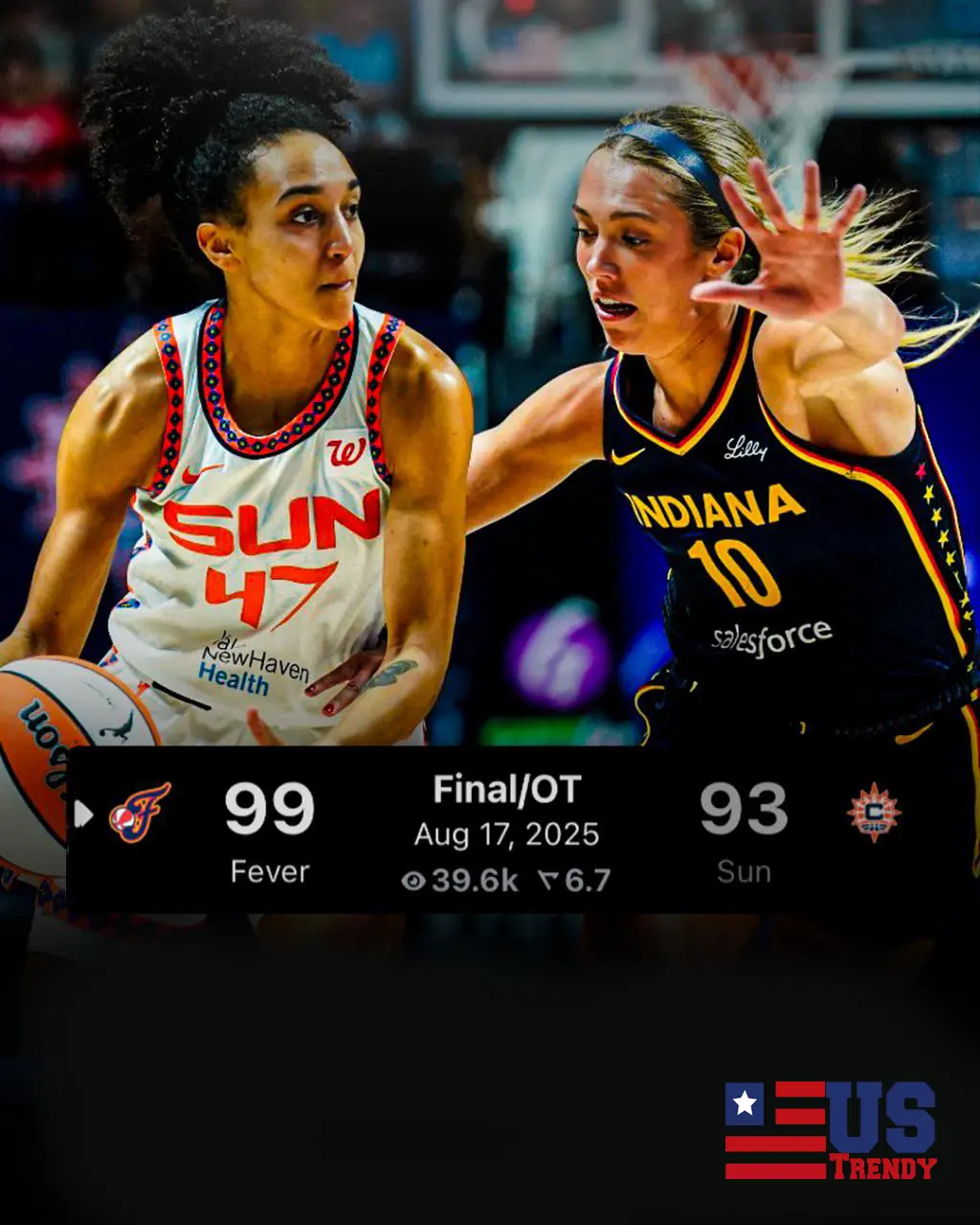
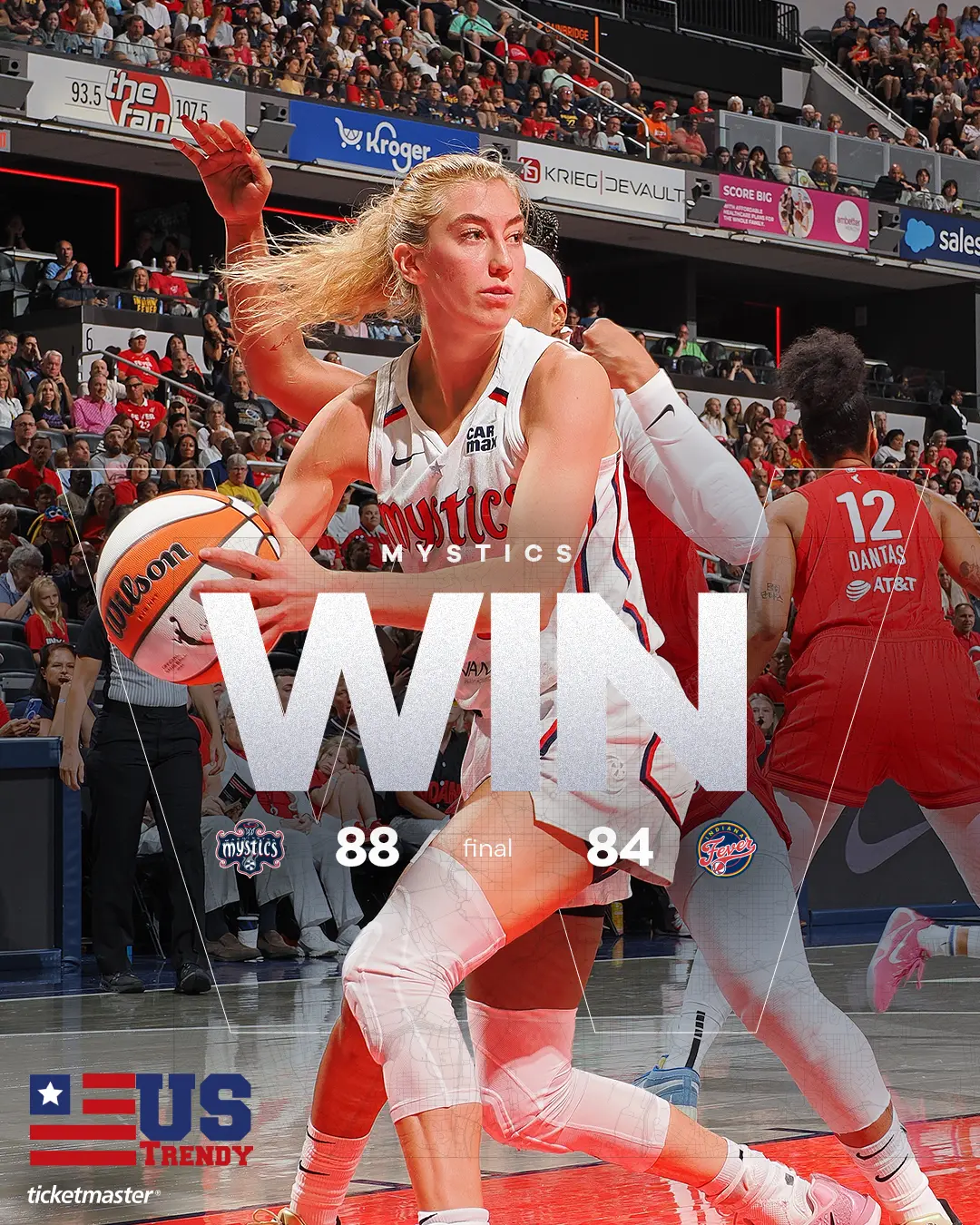
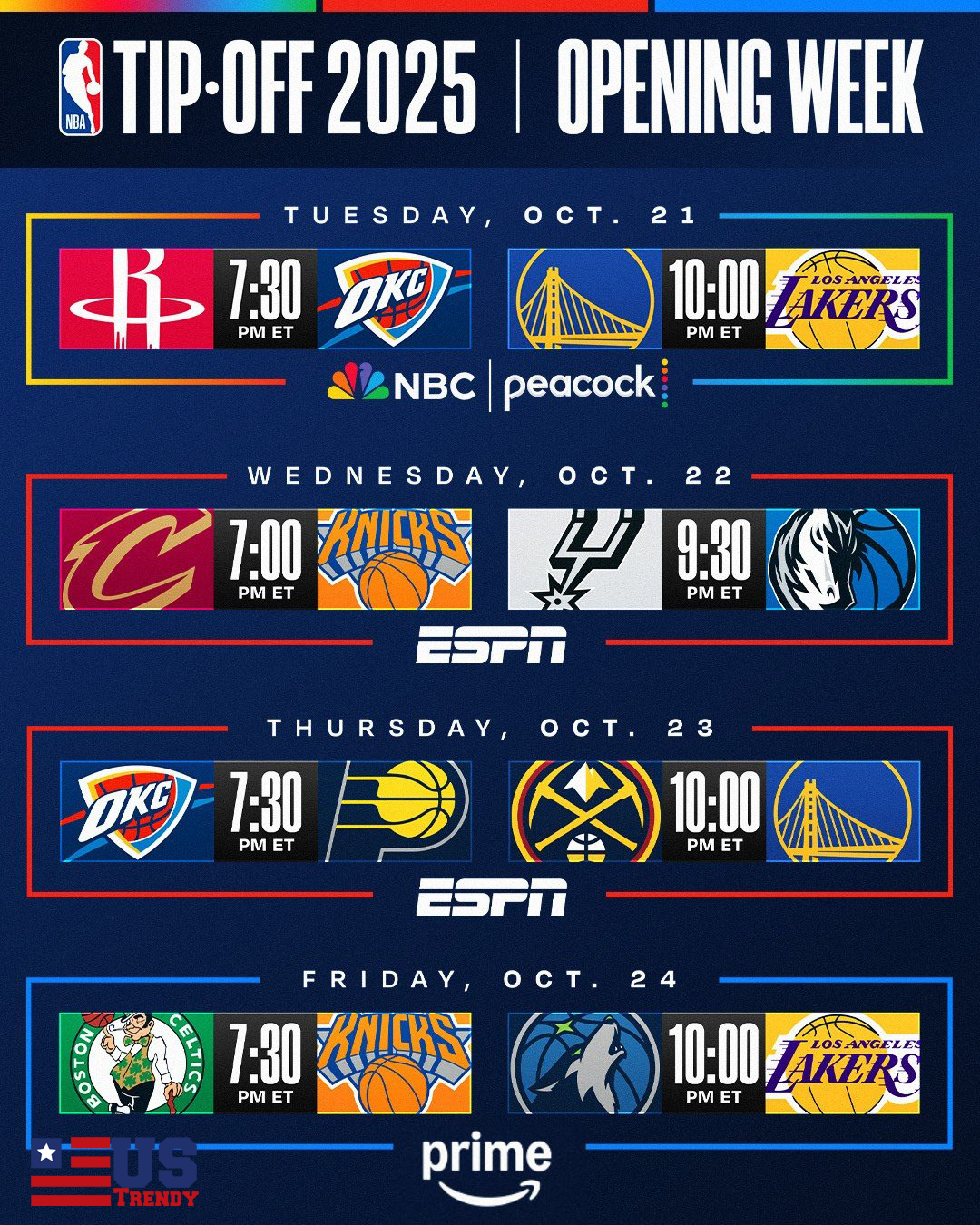
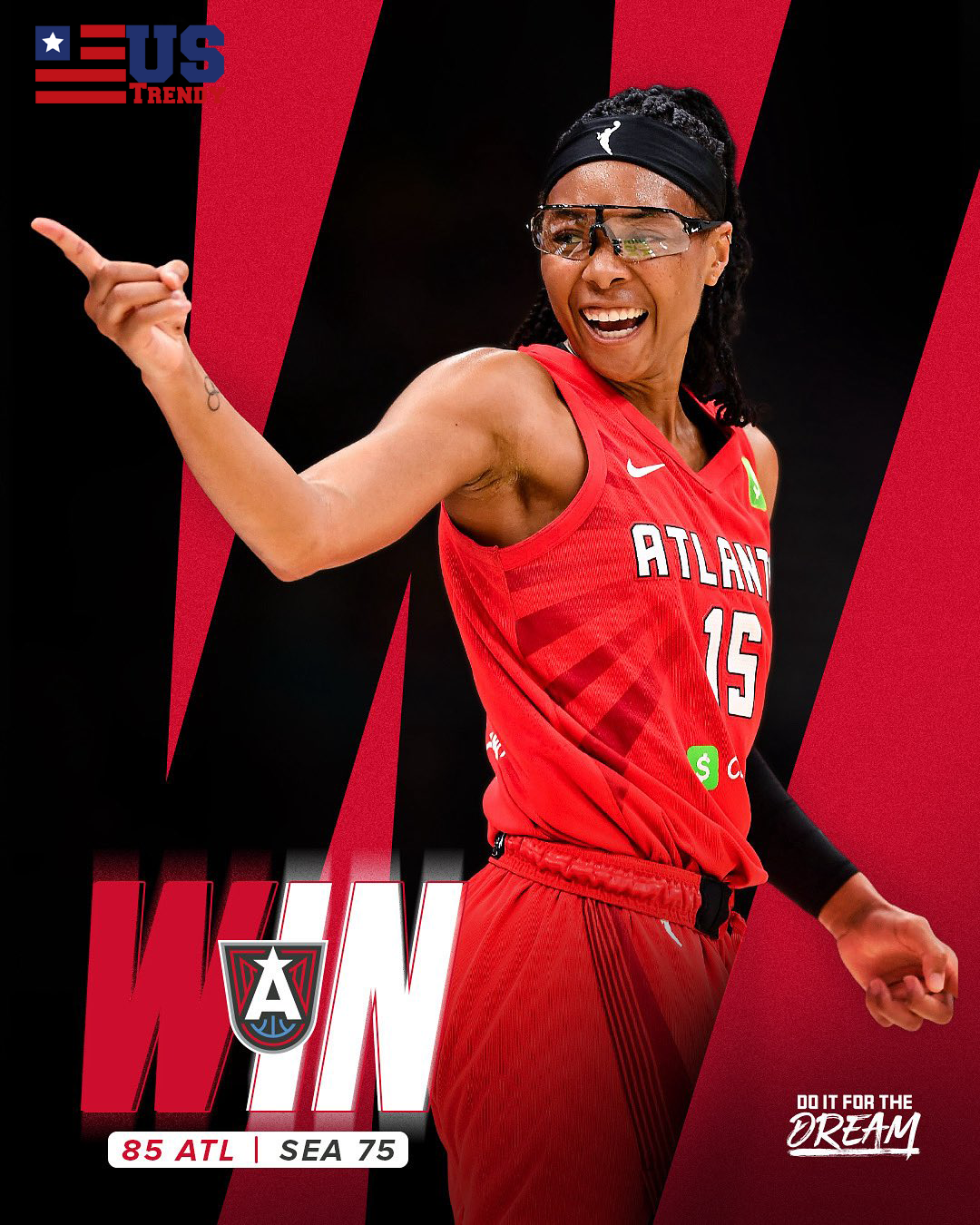
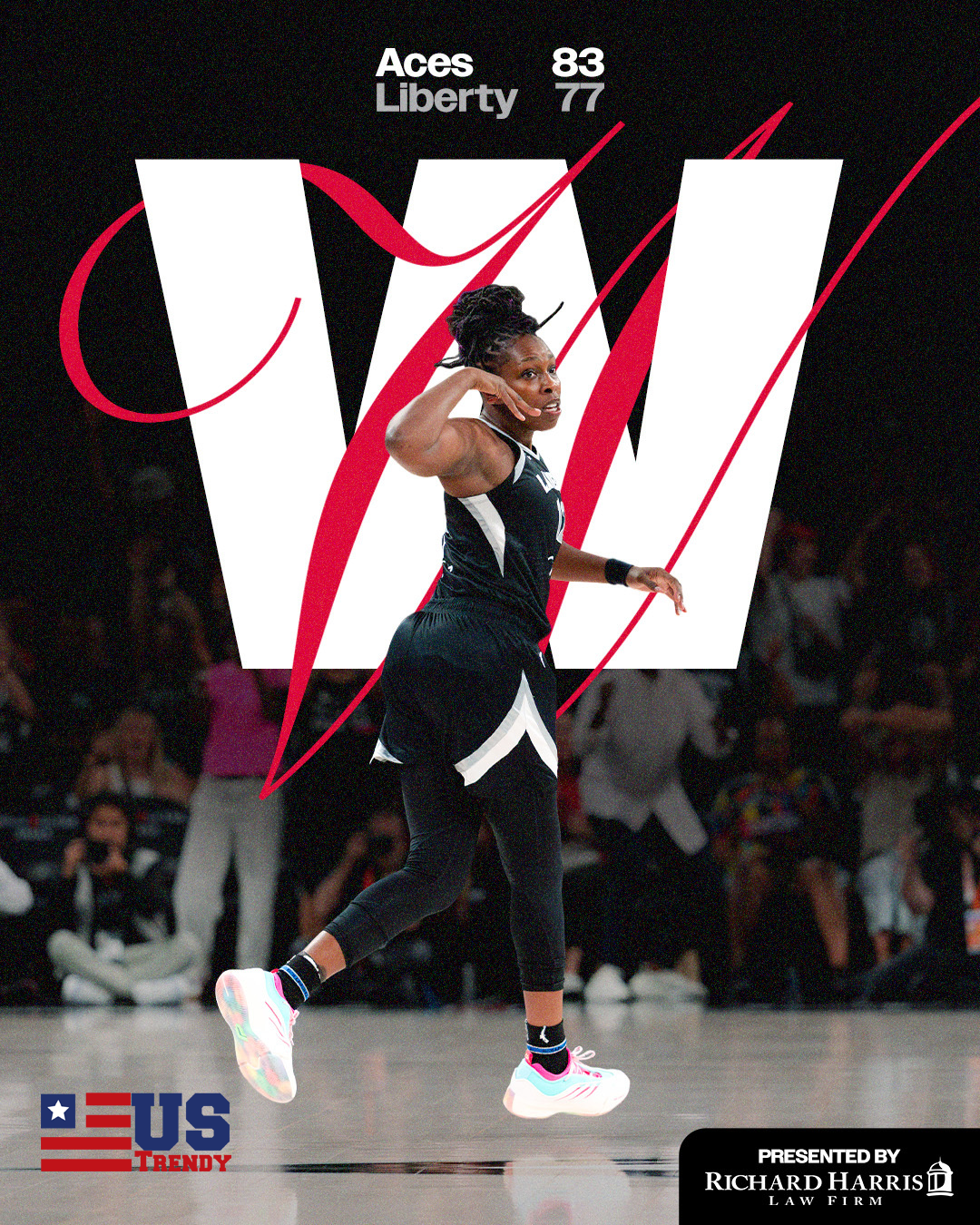
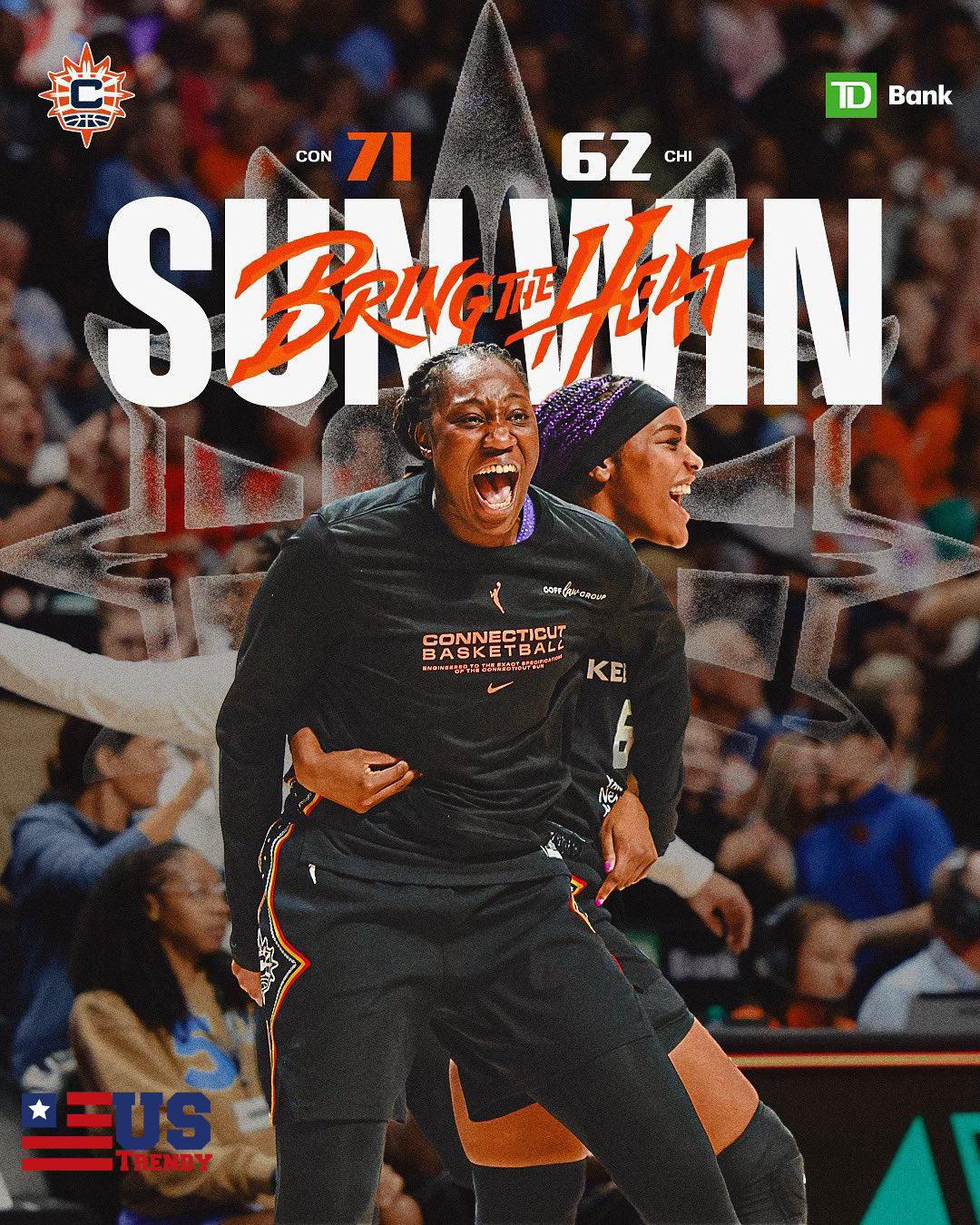
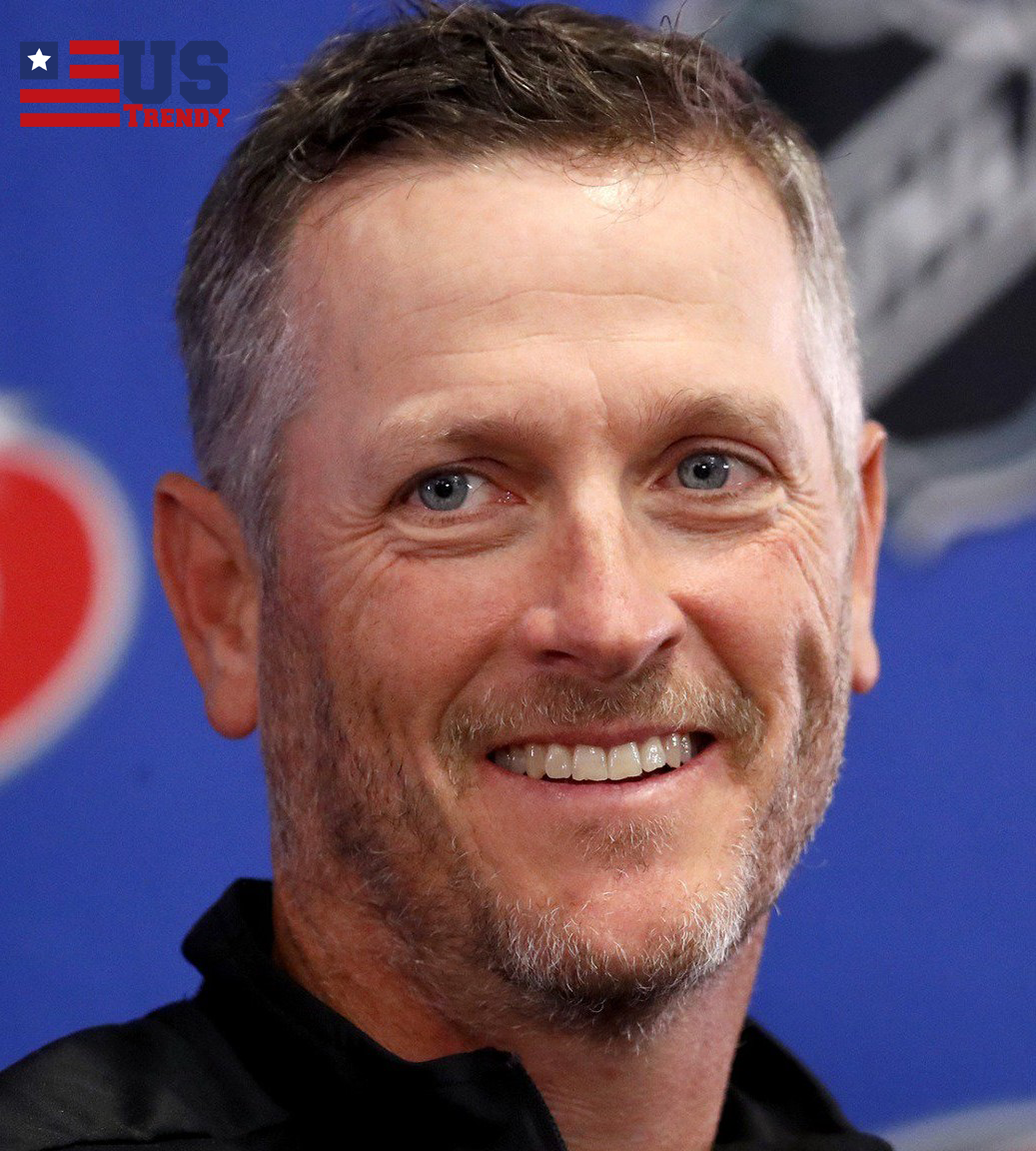


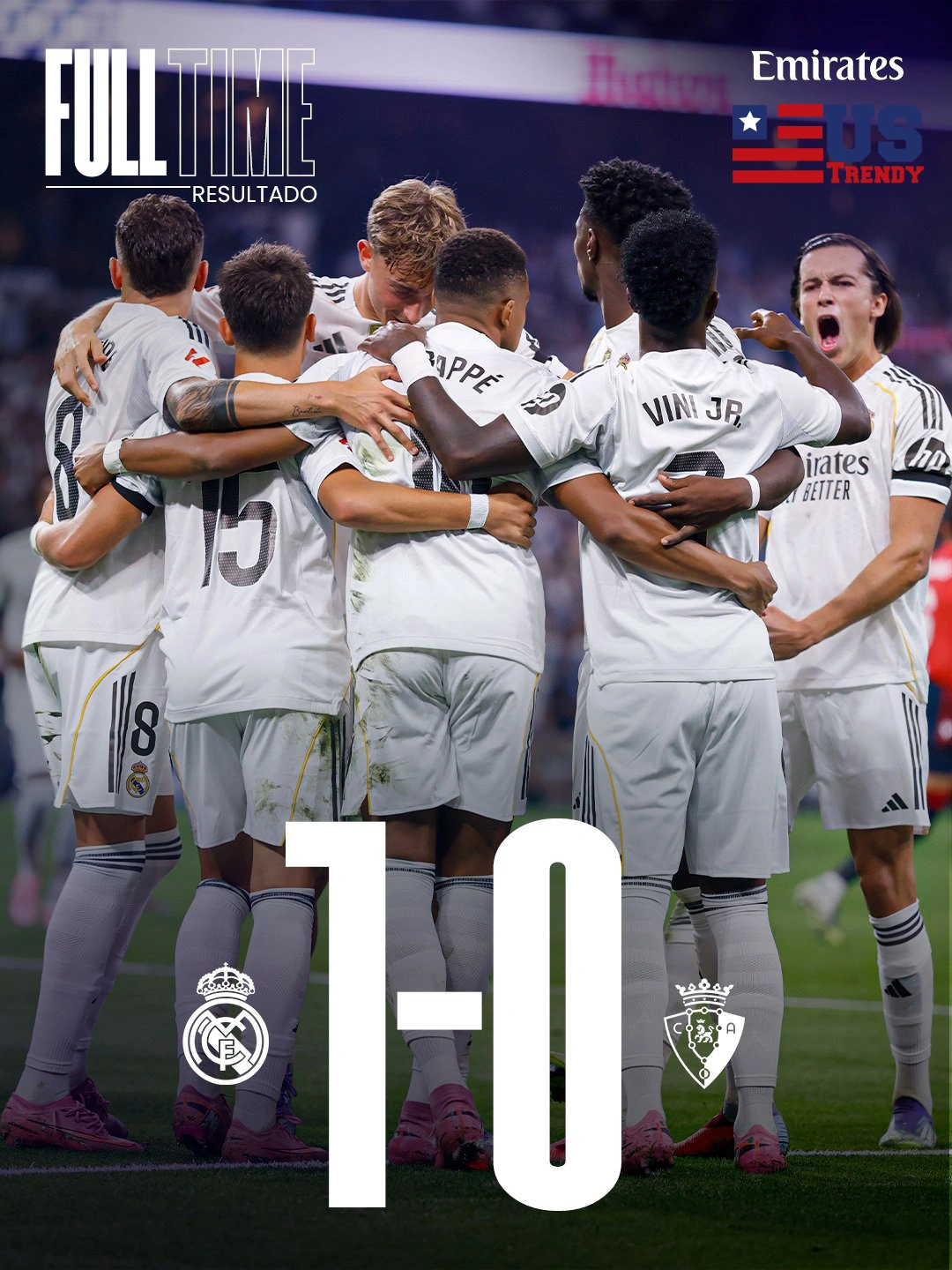
Leave a Reply